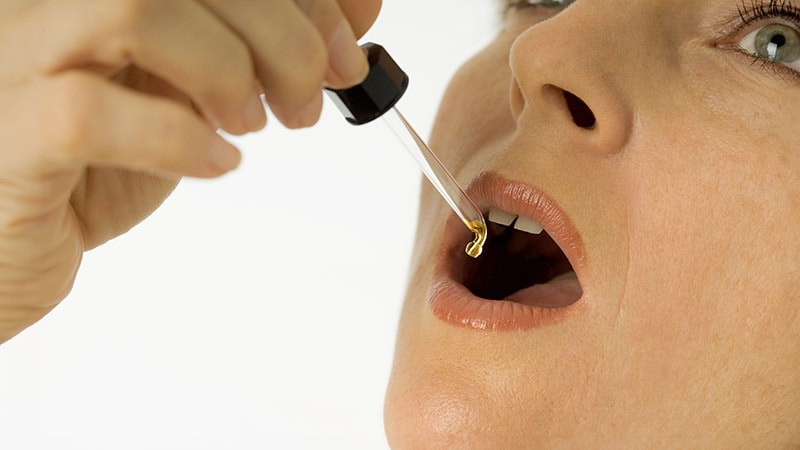Research led by the University of Southampton has identified an interleukin (IL)-17-driven asthma phenotype which shares features with psoriasis.
The IL-17-high asthma phenotype, identified in the Unbiased BIOmarkers for the PREDiction of respiratory disease outcomes (U-BIOPRED) study, was characterised by bronchial epithelial dysfunction, upregulated anti-microbial and inflammatory response.
The IL-17 immunity has been associated with asthma exacerbations, but it is not understood whether it is a driver of an asthma phenotype or a marker of mucosal defence responses to microbial stimulus. To examine the role of IL-17 in asthma, whole genome transcriptomic analysis was performed using epithelial brushings and bronchial biopsies in 91 patients with asthma and 46 healthy controls. Gene signatures induced in vitro by IL-17 and IL-13 in bronchial epithelial cells were used to identify patients with IL-17-high and IL-13-high phenotypes of asthma.
Of the 91 patients with asthma, 22 were identified with IL-17 gene signatures and nine patients with IL-13 gene signatures. IL-17-high asthma was characterised by risk of frequent exacerbations, airway (sputum and mucosal) neutrophilia, decreased lung microbiota diversity and urinary biomarker evidence of activation of the thromboxane B2 pathway.
In pathway analysis, the differentially expressed genes in IL-17-high patients were shared with those reported as altered in psoriasis lesions and included genes regulating epithelial barrier function and defence mechanisms, such as IL-1β, IL-6, IL-8 and beta-defensin.
Presenting the findings in the Journal of Allergy and Clinical Immunology, the authors say the findings provide support for developing drugs for this phenotype.


